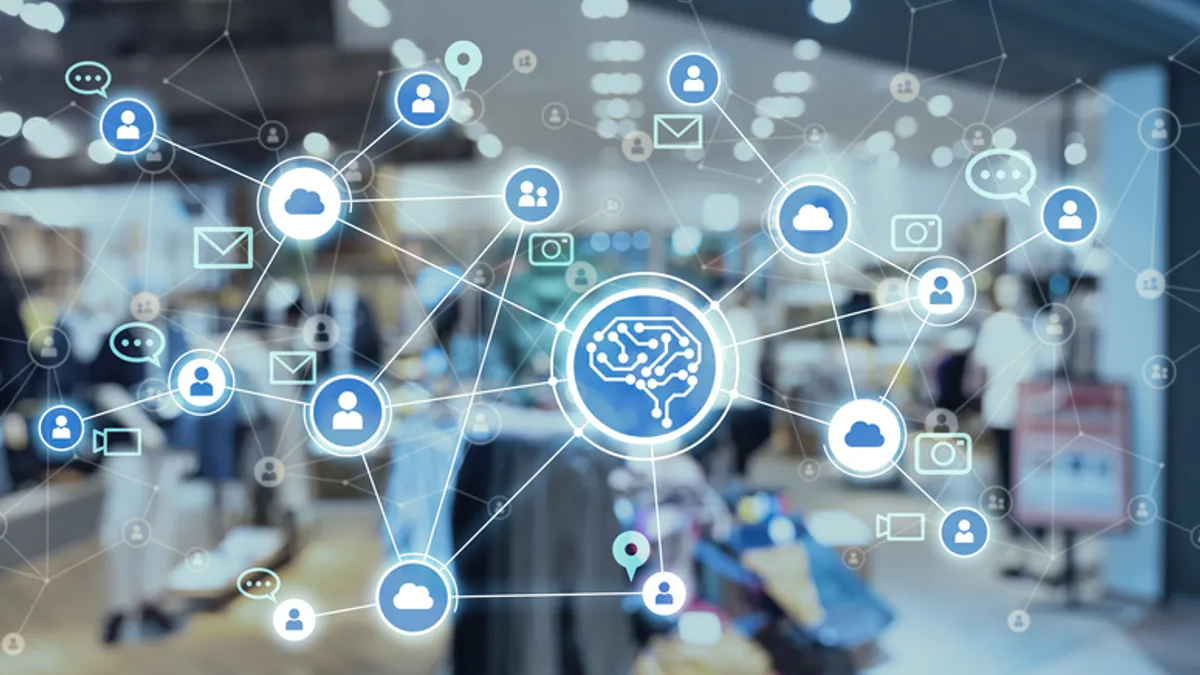When it comes to retailers connecting with customers, the correct digital marketing approach is crucial to converting sales. A key part of this is personalization and tailoring communications so that they tap directly into what a customer wants and needs in crucial buying moments and help drive their decision-making.
How the pandemic has impacted consumer expectations of retailers
The retailers that are winning are the ones that make the process as seamless as possible and give customers as many options as possible, especially now with limited options due to supply chain issues stemming from the pandemic. For example - if someone makes an online purchase, returns that item to the store and then purchases something on-site in the store, the brand should understand this - and use this to make the consumer's experience better the next time they shop there. This level of personalization - where the customer has a real-time shopping experience that is unique to them - encourages repeat purchases and grows customer loyalty Brands must be able to connect the dots and use past customer behavior to influence how they interact moving forward.
By learning and growing with a consumer's likes, dislikes and expectations, retailers will be able to continue developing their personalized communications, which positions them as relevant and valuable to the people they're trying to connect with and, thus, building loyal, lasting relationships The deeper these relationships go, the more valuable they become, and of course the longer the relationship will last.
Brick & mortar vs. Online (ex: Are people craving that in-person experience?)
Online shopping has seen a massive increase during the pandemic for obvious reasons. While helpful for many, it has created a question of whether retailers need to keep their brick & mortar shops, or if they should focus on an only-online presence. A retailer can often not afford to not be everywhere, and so they must walk the fine line between being savvy spenders and overpaying for their omnipresence. In the end, consumers have the control, so retailers need to be where those customers are at any moment.
Planning for the crossover between in-store and online means having the proper systems in place and making sure these systems are regularly communicating with each other (service department, sales team, social media, etc.) This makes it so retailers will have the ability to know what people purchased online and on their receipt when they're shopping in-store and can use this information to better connect with their customers by then giving these shoppers an offer based on all the places they've shopped before. Retailers who follow this way of thinking are the ones that will win; the ones who make sure all data sources are connected with each other and use it to their advantage.
When we discuss personalized communication with customers, what we're really talking about is relevance and value. Being relevant retailers by marketing in a unique way is key to drawing attention, but providing value is what will keep them coming back. From in-store to online and mobile, it's important for retailers to create engaging, personalized cross-channel customer interactions that turn first-time customers into loyal, repeat buyers. By tracking spending habits for online and in-store, retailers can determine whether or not they need to consolidate their brick and mortar presence, while not completely removing the option from their sales equation.
All of this and more regarding marketing, relationships and consumer spending is available in Emarsys' unPredictions 2022. Here, marketers can find strategies similar to these that contain key focuses for marketers as they seek to improve customer experience and drive true loyalty. unPredictions Commerce Marketing Priorities Powering 2022 here.
For questions or additional information, reach out to [email protected]










